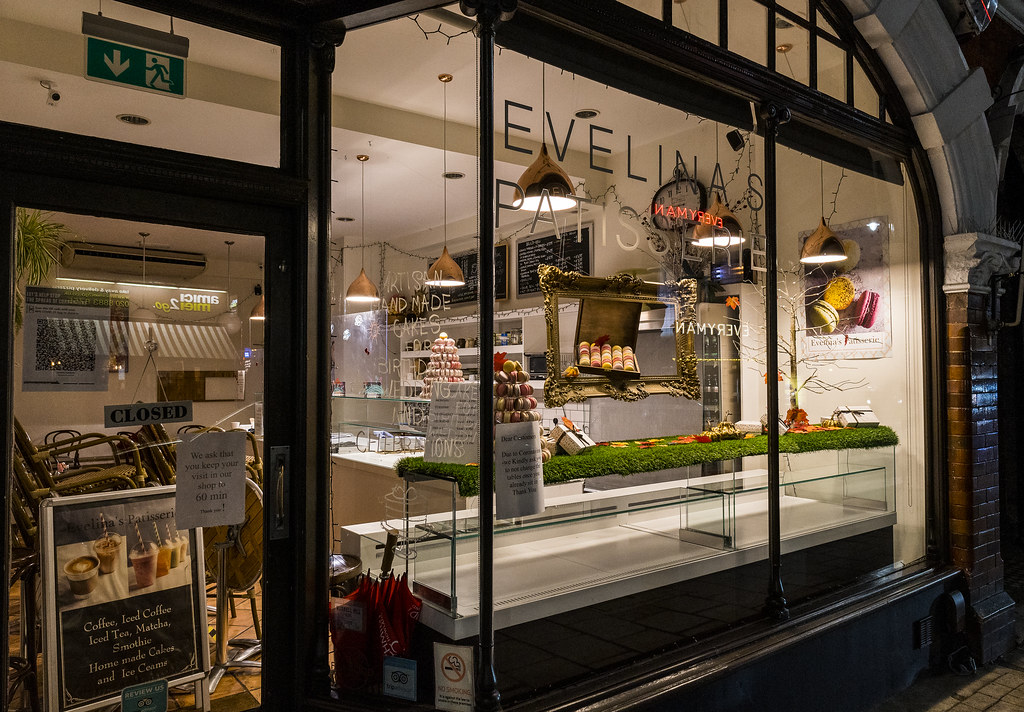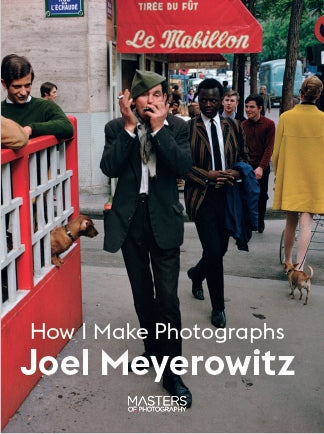- Messages
- 8,299
- Name
- Ian
- Edit My Images
- No
I realize that there is a man pouring metal into a mold and in between he likes to drink a cup of tea. But I still don't know what he produces.
I think that's where things get a bit "Horses for courses". Those images do tell a story for me. They don't recall anything in my mind at all because I've never been there... I get a sense of atmosphere, and to a small degree, loneliness and sadness. All this from looking at the (series of) images. I have no clue what real life is like for him apart from the few words Andy introduced them with. I'm drawing my own conclusions and I like how that set gives me freedom to do that. This kind of documentary photography I like - because for me - it very much tells a story. But I appreciate it may not be for everyone.


 Patisserie
Patisserie










